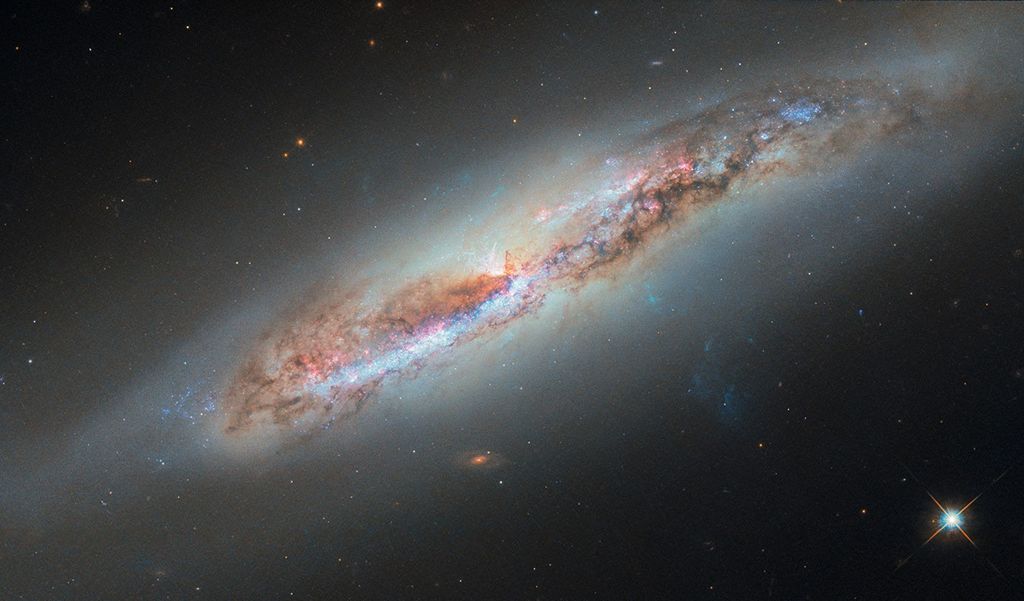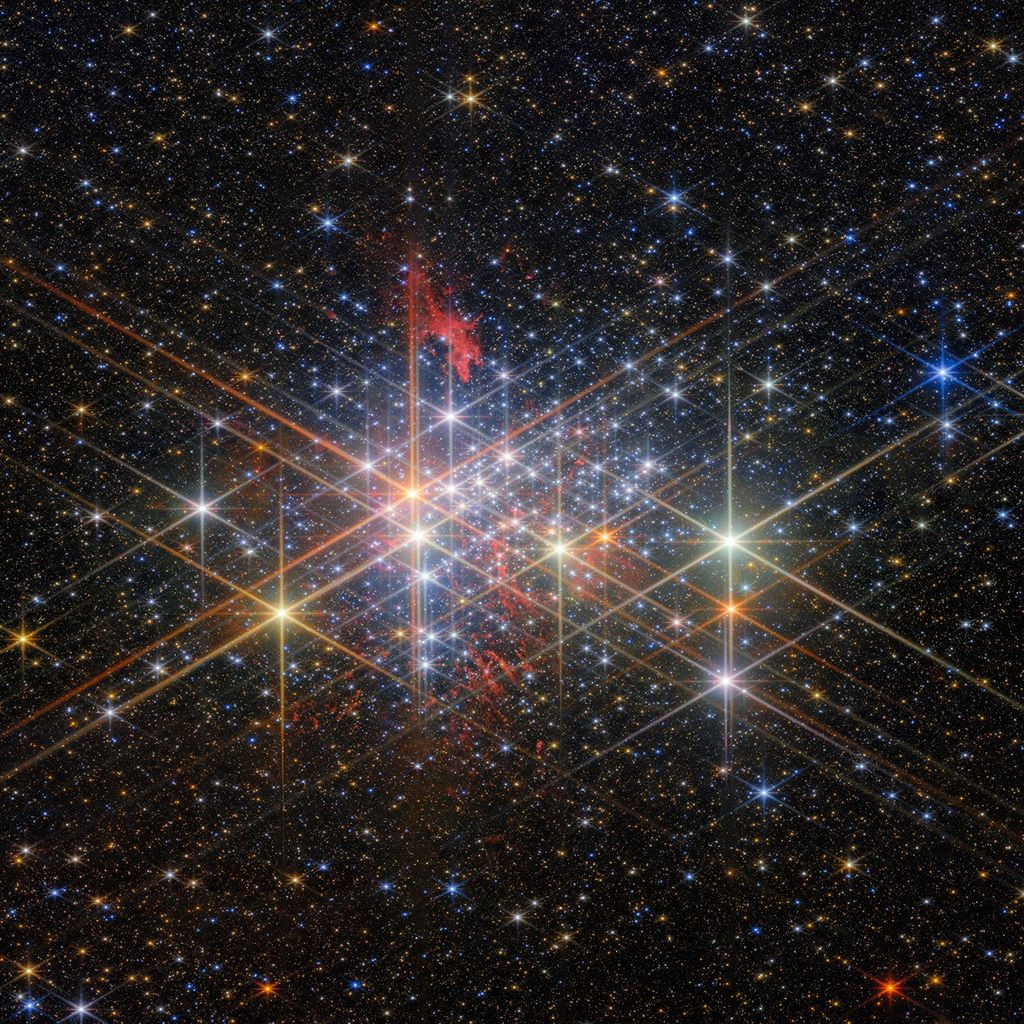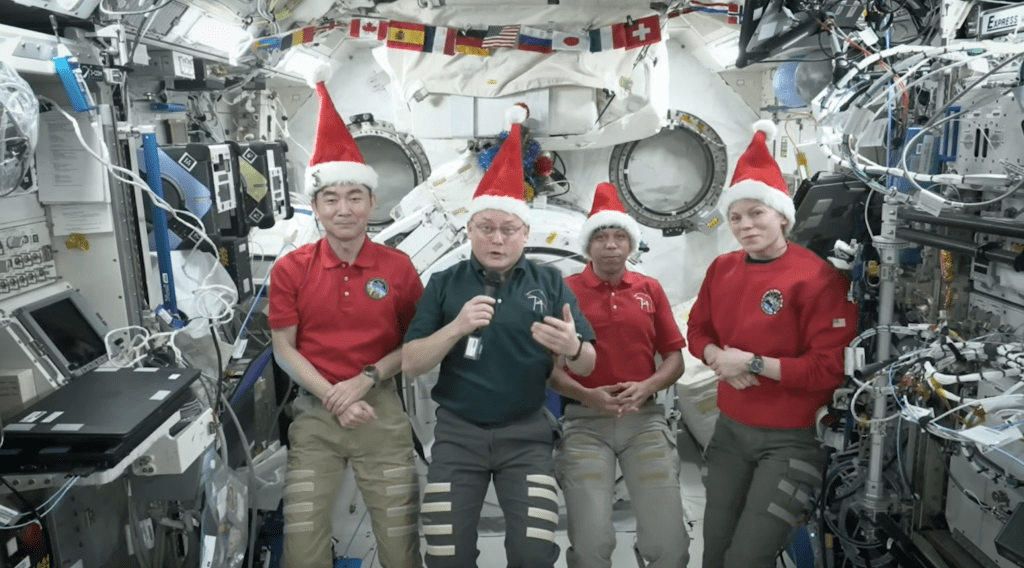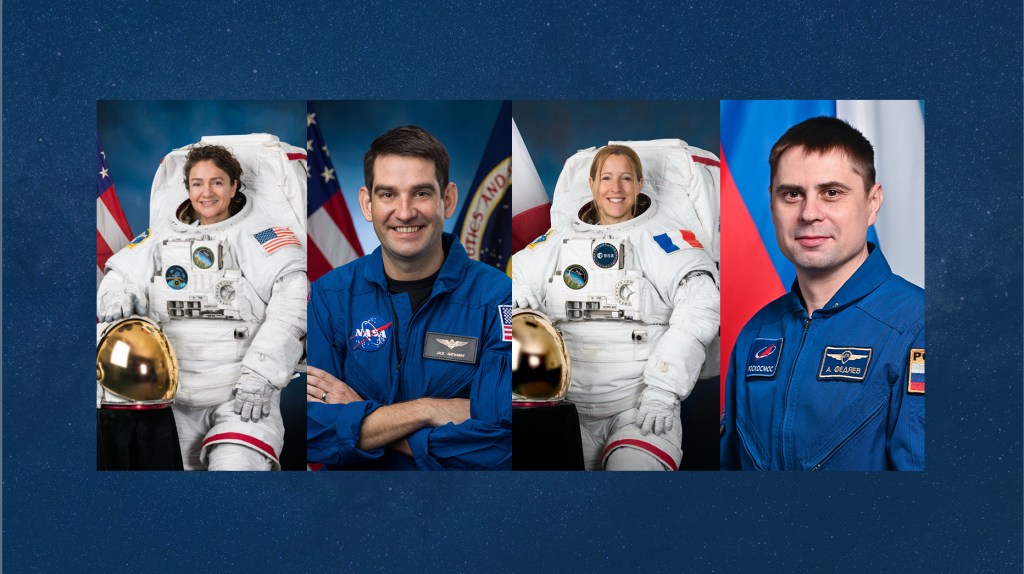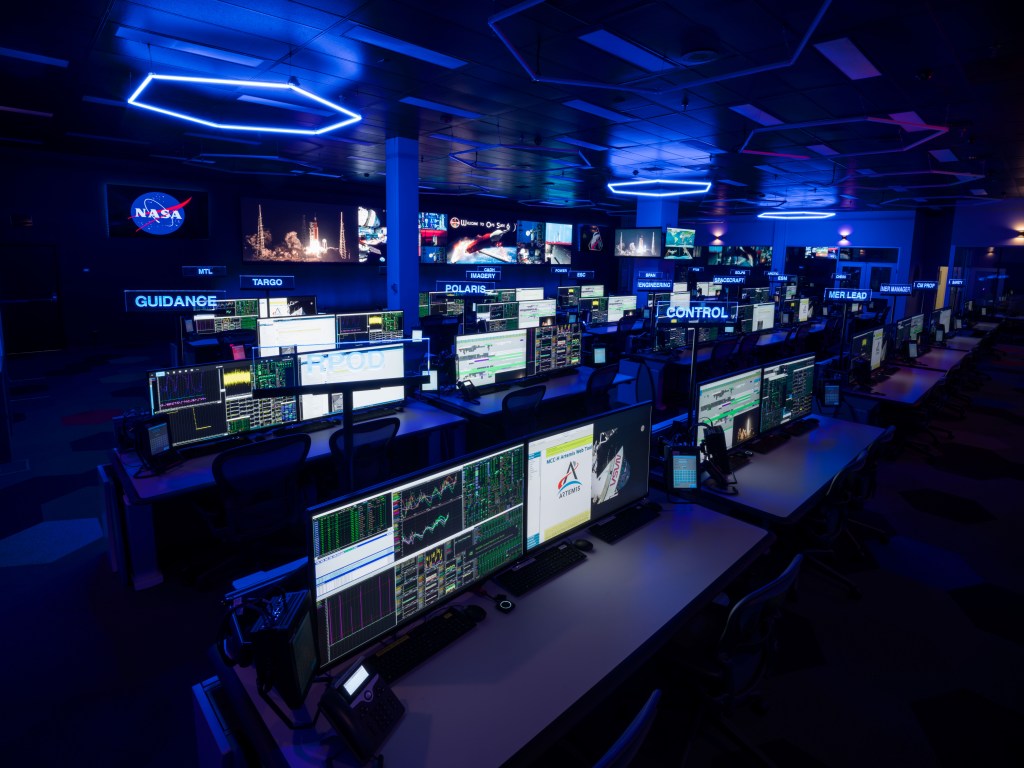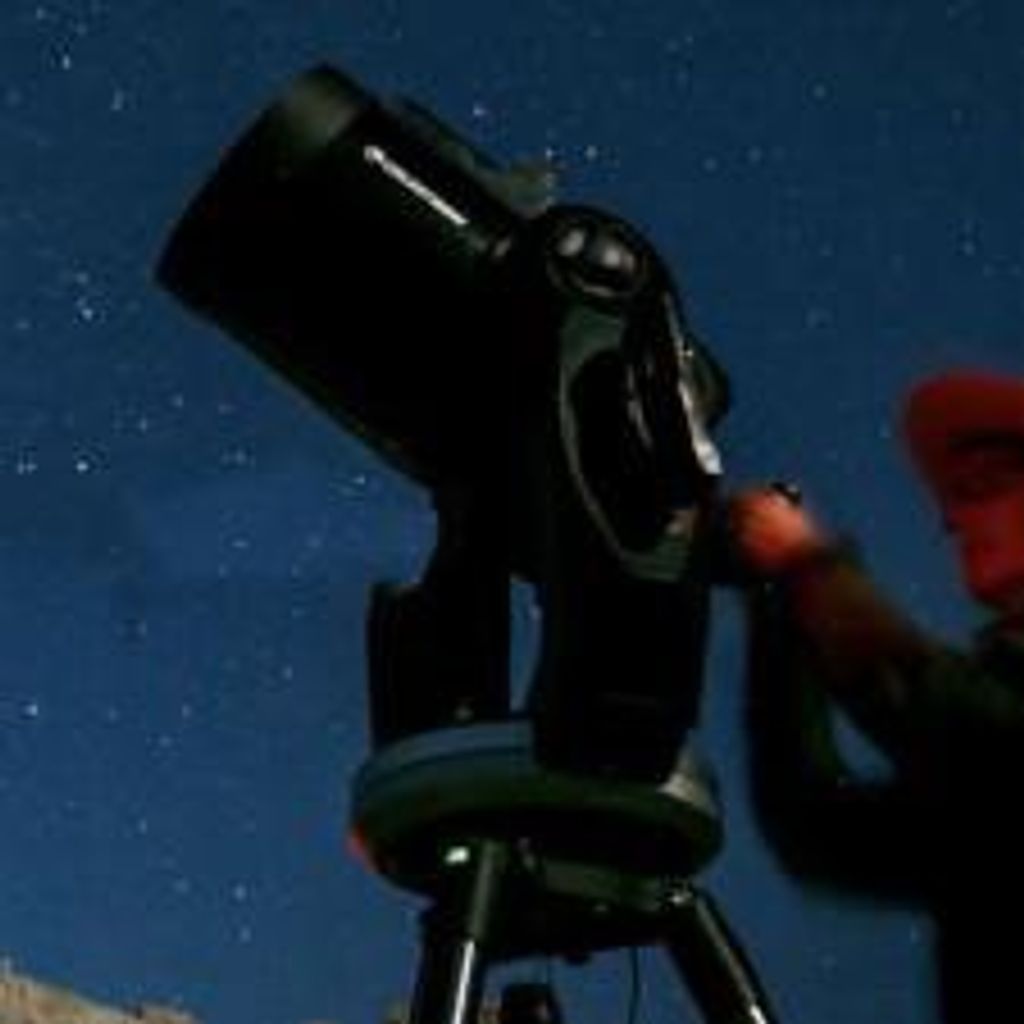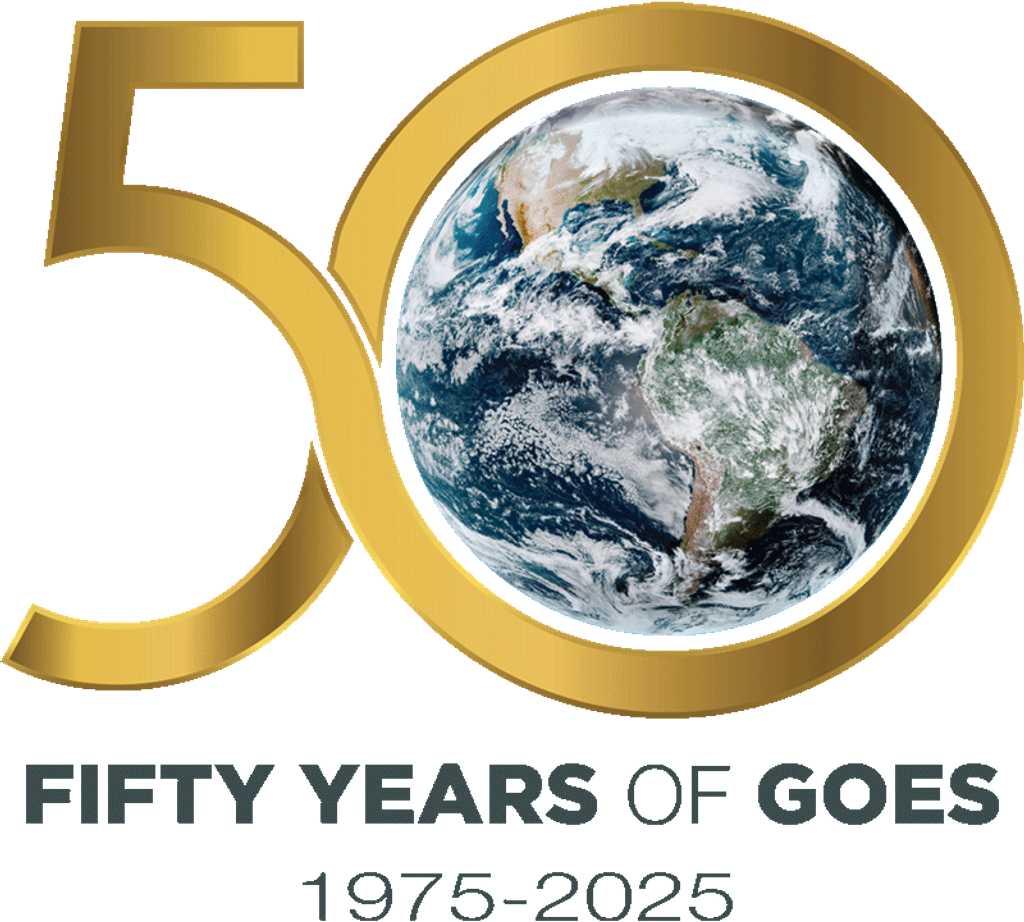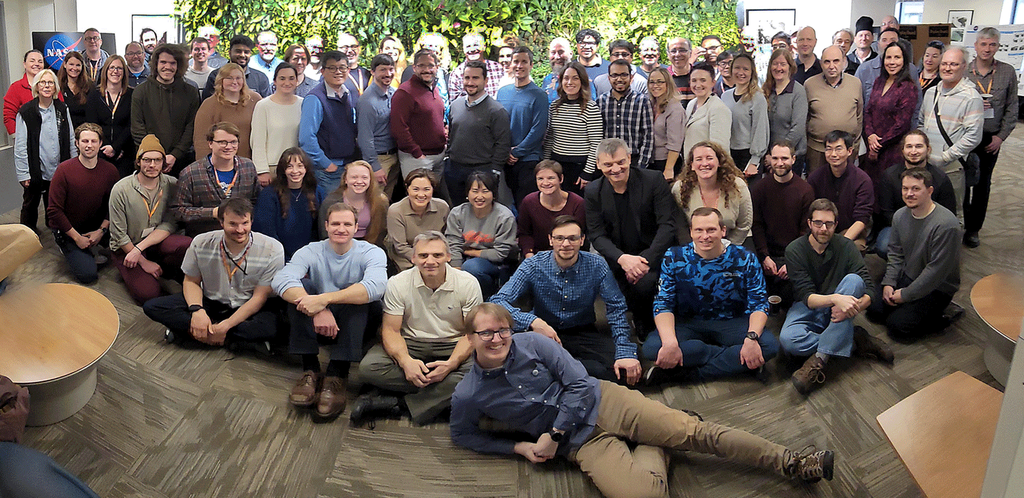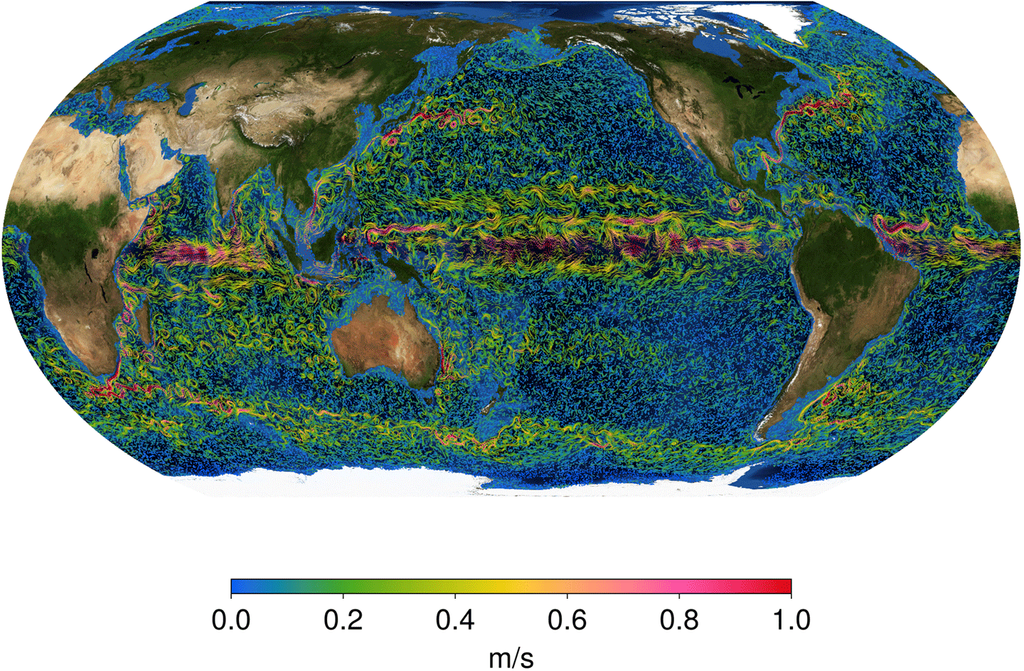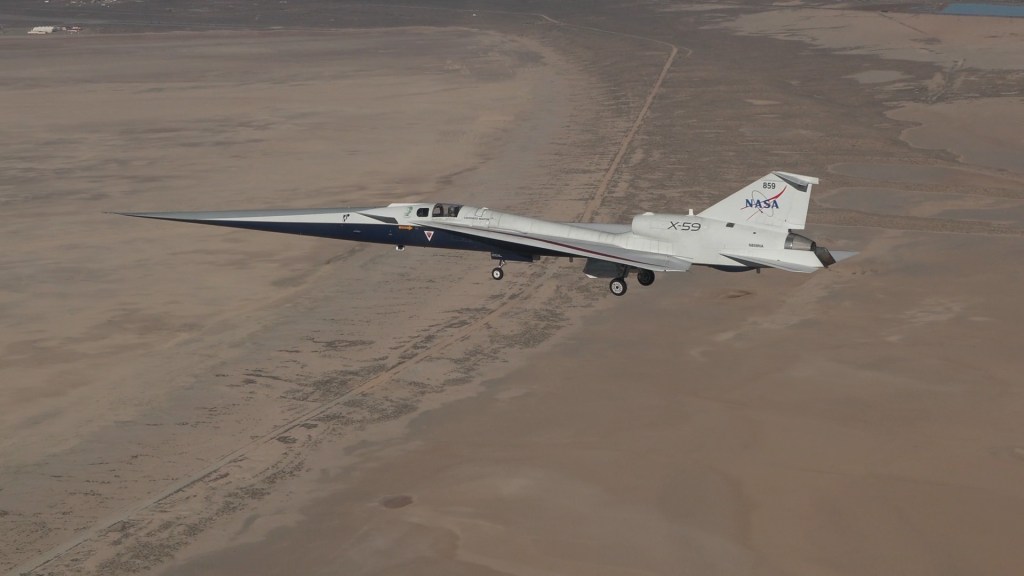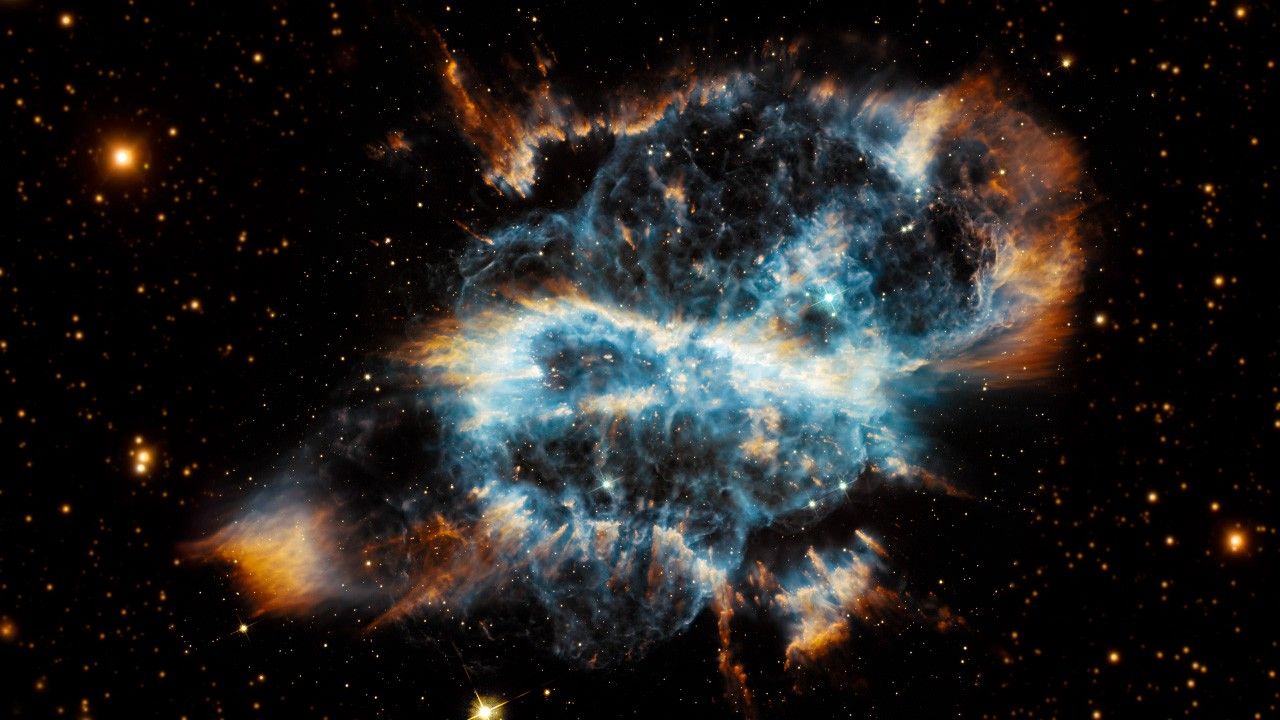1 min read
Compass and Scale Image of NGC 5189
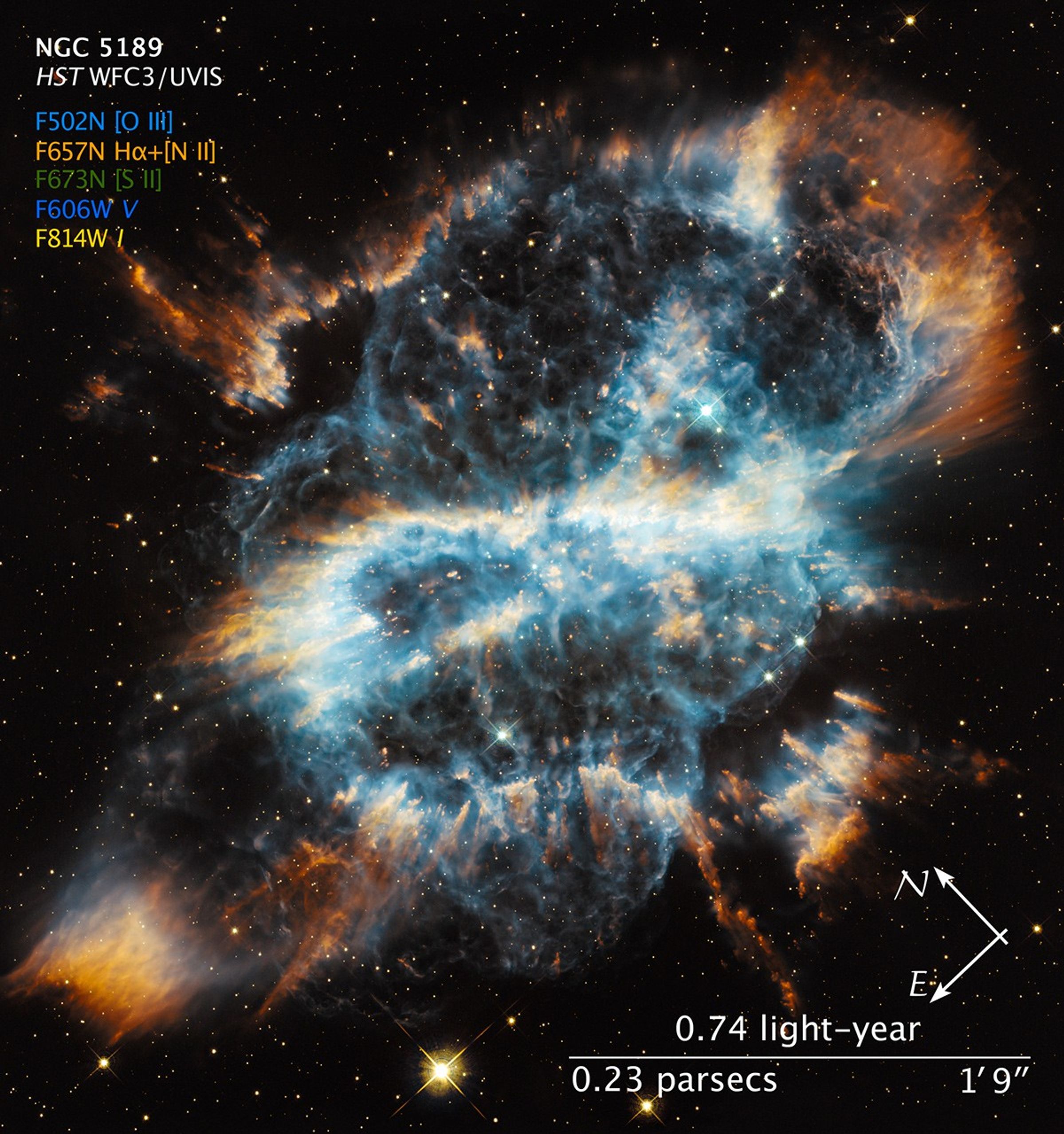
About the Object
- R.A. PositionR.A. PositionRight ascension – analogous to longitude – is one component of an object's position.13h 33m 32.91s
- Dec. PositionDec. PositionDeclination – analogous to latitude – is one component of an object's position.-65° 58' 26.58"
- ConstellationConstellationOne of 88 recognized regions of the celestial sphere in which the object appears.Musca
- DistanceDistanceThe physical distance from Earth to the astronomical object. Distances within our solar system are usually measured in Astronomical Units (AU). Distances between stars are usually measured in light-years. Interstellar distances can also be measured in parsecs.1,800 to 3,000 light-years (540 - 900 parsecs)
About the Data
- Data DescriptionData DescriptionProposal: A description of the observations, their scientific justification, and the links to the data available in the science archive.
Science Team: The astronomers who planned the observations and analyzed the data. "PI" refers to the Principal Investigator.The image was created from Hubble data from proposal 12812: Hubble Heritage Team: PI: Z. Levay (STScI), K. Noll (NASA/GSFC), and M. Mutchler, L. Frattare, W. Januszewski, C. Christian, T. Borders, M. Livio, J. Mack, and J. Sokol (STScI) - InstrumentInstrumentThe science instrument used to produce the data.HST>WFC3/UVIS
- Exposure DatesExposure DatesThe date(s) that the telescope made its observations and the total exposure time.July 6, 2012, Exposure Time: 7 hours
- FiltersFiltersThe camera filters that were used in the science observations.F502N ([O III]), F657N (H-alpha+[N II]), F673N [S II], F606W (V) and F814W (I)
- Object NameObject NameA name or catalog number that astronomers use to identify an astronomical object.NGC 5189
- Object DescriptionObject DescriptionThe type of astronomical object.Planetary Nebula
- Release DateDecember 18, 2012
- Science ReleaseA Cosmic Holiday Ornament, Hubble-Style
- Credit

This image is a composite of separate exposures acquired by Hubble's WFC3 instrument. Several filters were used to sample various wavelengths/frequencies. The color results from assigning different hues (colors) to each monochromatic (grayscale) image associated with an individual filter. In this case, the assigned colors are: Cyan: F502N ([O III]) Orange: F657N (H-alpha+[N II]) Green: F673N [S II] Blue: F606W (V) Yellow: F814W (I)

Related Images & Videos

A Cosmic Holiday Ornament, Hubble-Style
'Tis the season for holiday decorating and tree-trimming. Not to be left out, astronomers using NASA's Hubble Space Telescope have photographed a festive-looking nearby planetary nebula called NGC 5189. The intricate structure of this bright gaseous nebula resembles a...
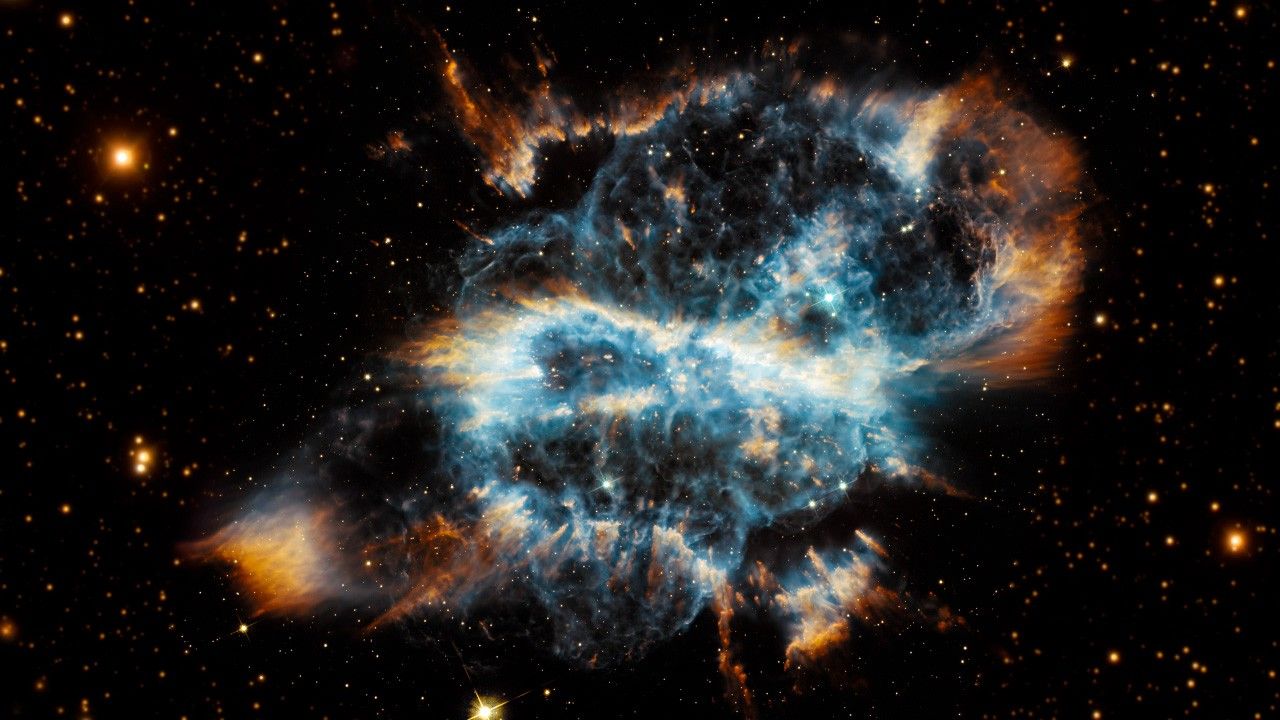
NGC 5189 Zoom Sequence (Annotated)
This is a video zoom into the region of sky containing the planetary nebula NGC 5189. The nebula has a knotty and filamentary structure surrounding bluish lobes. The nebula was formed by gases escaping from a dying Sun-like star. The nebula is located several thousand...
Share
Details
Claire Andreoli
NASA’s Goddard Space Flight Center
Greenbelt, Maryland
claire.andreoli@nasa.gov

